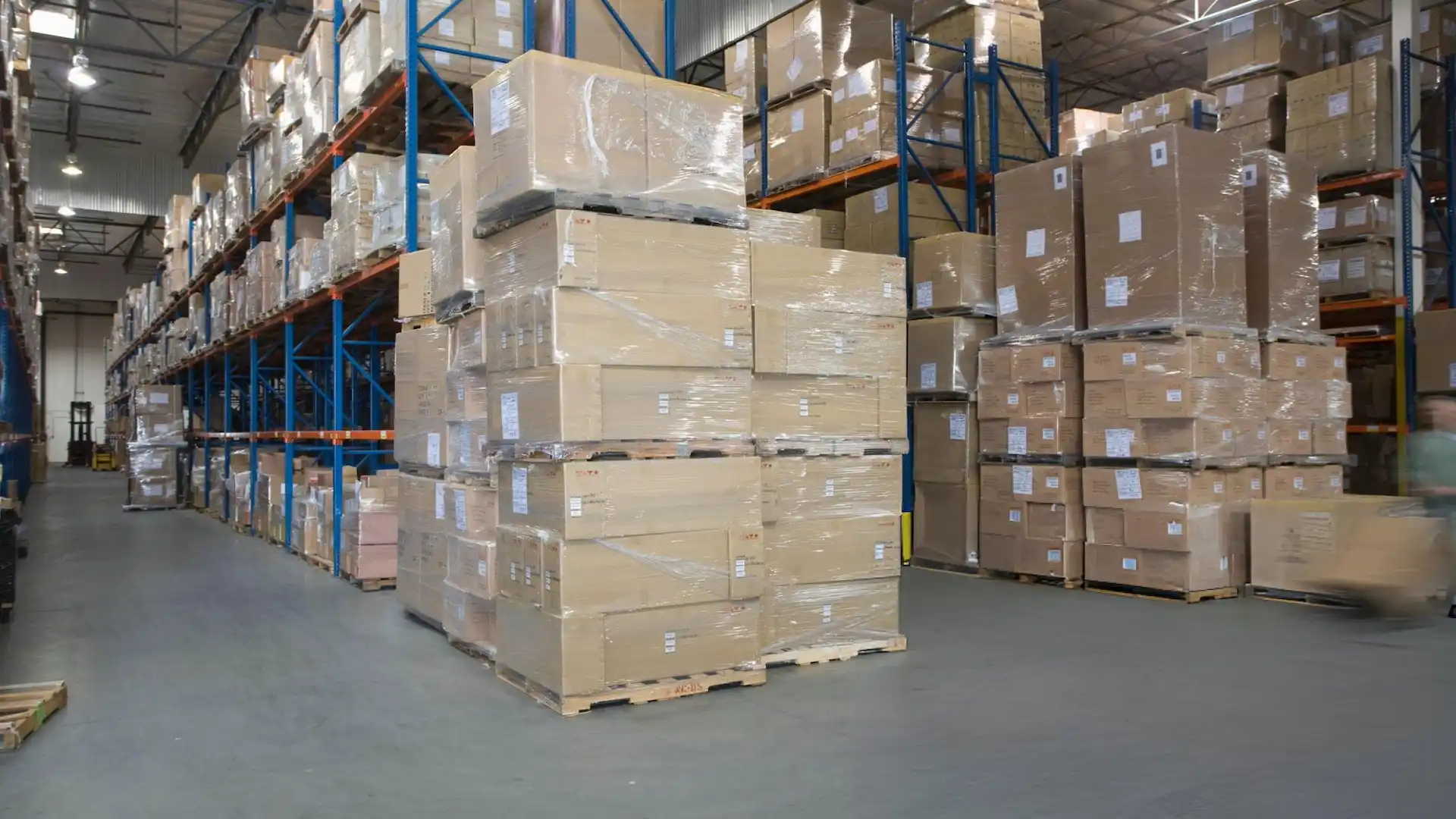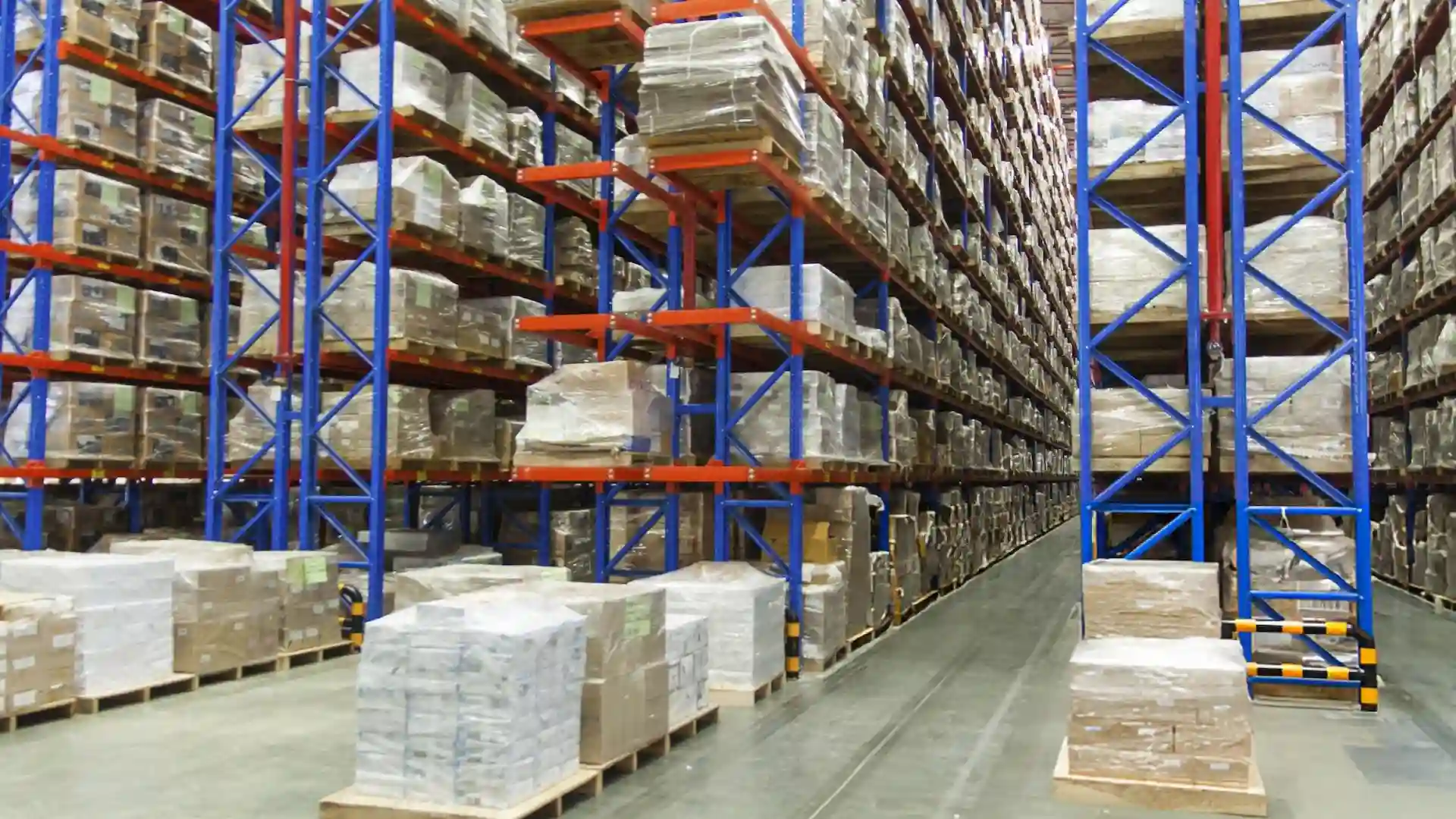How to Prepare for the Post-Holiday Rush: Managing Returns and Inventory

The post-holiday rush can be overwhelming for businesses, especially when it comes to managing returns and inventory. After the holiday sales surge, many companies face a sharp increase in returns, which can strain resources, disrupt stock levels, and affect customer satisfaction. However, with the right preparation and strategies in place, you can streamline the return process, maintain operational efficiency, and keep customers happy.
In this comprehensive guide, we will explore effective e-commerce strategies to handle the post-holiday returns, manage your inventory, and ensure your business is ready for the challenges ahead.
Understanding the Importance of Post-Holiday Returns Management
Why Post-Holiday Returns Surge
The weeks following the holidays often see a significant spike in returns volume. Whether it's due to gift recipients exchanging items, incorrect sizes, or damaged goods, these returns require businesses to have a well-oiled system for processing. If not managed efficiently, the process can impact your bottom line and customer experience.
In fact, data shows that return logistics are a critical part of the customer journey. A seamless return policy can make customers more comfortable making purchases in the first place, knowing that they have a hassle-free way to send products back if needed.
The Impact on Inventory and Supply Chain
Handling returns isn't just about customer service. It plays a crucial role in your inventory management and overall supply chain operations. When items are returned, businesses need to figure out how to reintroduce those products back into their stock or prepare them for liquidation. This directly affects inventory turnover, stock levels, and warehouse efficiency.
Effective returns management involves tracking which products are coming back, evaluating their condition, and deciding on the appropriate course of action, whether that's restocking, repairing, or discarding. This is where reverse logistics come into play—coordinating the flow of goods from the customer back to the warehouse.
Steps to Prepare for Post-Holiday Returns
1. Review and Update Your Return Policy
Your return policy should be clear, customer-friendly, and well-communicated before the holidays. Post-holiday, this policy becomes even more crucial. To handle the surge in returns:
- Ensure your return merchandise authorization (RMA) process is streamlined.
- Make it easy for customers to initiate returns, either through your website or by contacting your customer service.
- Offer multiple return methods, such as mailing back items or returning them in-store (if applicable).
A well-crafted return policy improves customer communication and makes the process smoother, minimizing customer frustration.
2. Invest in Returns Management Software
Technology can simplify handling returns. Returns management software automates many of the tasks involved in processing returns, tracking items, and updating your inventory. By integrating this software with your existing inventory systems, you can:
- Automate the generation of RMAs.
- Track the condition of returned items.
- Analyze returns data to identify trends, which can inform inventory forecasting.
This reduces the manual work required and helps improve overall efficiency.
3. Set Up a Dedicated Returns Team
The post-holiday period often requires extra hands. Assign a team dedicated to processing returns. This ensures that returned items are inspected, processed, and restocked as quickly as possible, which is critical for maintaining inventory levels and keeping the warehouse organized.
This team should be trained in handling refund processing, product inspection, and restocking procedures. They should also coordinate with customer service to resolve any customer satisfaction issues.
4. Optimize Your Warehouse for Returns
Your warehouse layout and processes should be optimized for handling a high volume of returns. Efficient logistics management is key during the post-holiday rush. Consider these adjustments:
- Create a designated area for returned items.
- Implement a streamlined process for moving items from the return area back into stock.
- Improve your product tracking system so that items are processed quickly and don’t sit in limbo.
5. Plan for Inventory Turnover and Stock Replenishment
Inventory forecasting is essential during the post-holiday period. With so many products coming back, businesses need to carefully plan their stock levels to ensure they don’t overstock or understock. Utilize sales data and historical return trends to predict how many items are likely to come back and how this will affect your overall inventory.
You should also conduct regular inventory audits to ensure that your stock is accurate and up to date. This will help with restocking and fulfilling new orders without delays.
Managing Inventory After the Holiday Rush
1. Analyze Returns Data for Trends
The post-holiday rush is a goldmine of data. Returns analysis can help you spot patterns, such as which products are being returned most frequently and why. Understanding these trends is essential for making informed decisions on inventory management and demand forecasting for the following year.
By analyzing your returns volume, you can also adjust your holiday sales strategies for the next season, such as modifying product descriptions, offering size guides, or improving packaging to reduce damages.
2. Improve Supply Chain and Fulfillment Processes
Supply chain disruptions are common during the holiday season, but the post-holiday rush also brings its own challenges. Ensuring that your order fulfillment processes are ready for a wave of returns is critical. This involves:
- Ensuring your fulfillment centers have adequate staffing and processes in place to handle returns and new orders.
- Coordinating with your suppliers to quickly restock popular items or deal with excess inventory.
Logistics management should be an ongoing priority, with close attention paid to product tracking and ensuring that all items move smoothly through your system.
3. Restocking and Refurbishing Returned Items
Not all returns are eligible for immediate restocking. Some products may need to be repaired, refurbished, or repackaged. Setting up an efficient quality control system is crucial for determining which products can go back on sale and which need to be discarded or liquidated.
For e-commerce businesses, offering refurbished products at a discount is a great way to recoup value from returned items while keeping customers satisfied.
4. Leverage Customer Feedback
The post-holiday period is also a time to gather valuable customer feedback. Understanding why customers are returning products can help you improve your offerings, whether it’s the quality of the product, packaging issues, or misaligned expectations.
Collect feedback through post-return surveys and use this data to improve future customer communication, product descriptions, and marketing strategies.
Maintaining Operational Efficiency During the Post-Holiday Rush
1. Refine Your Reverse Logistics Strategy
Reverse logistics refers to the flow of returned goods from customers back into your warehouse. It’s an essential aspect of returns management, and optimizing it can greatly improve your overall efficiency. Consider partnering with third-party logistics providers who specialize in handling high returns volume, allowing you to focus on core operations.
Additionally, reviewing your packaging and shipping methods can reduce the likelihood of damaged goods being returned.
2. Conduct a Post-Holiday Inventory Audit
Once the holiday rush is over, conducting an inventory audit ensures that your stock levels are accurate and ready for the next sales period. Auditing helps you:
- Identify discrepancies between your reported and actual stock.
- Prepare for upcoming sales cycles.
- Ensure you have the right amount of inventory to avoid stockouts or overstocking.
3. Utilize Data Analysis for Future Planning
Data is one of your most powerful tools when preparing for the post-holiday rush. By analyzing returns data, sales data, and customer feedback, you can make informed decisions about future inventory needs, promotional offers, and inventory forecasting.
Investing in data analysis tools or software can help you gain deeper insights into your inventory turnover and make more accurate predictions for the future.
4. Offer Incentives for Store Credit Over Refunds
Encouraging customers to accept store credit rather than a refund can help keep revenue in-house and reduce the financial impact of returns. Offering incentives, such as bonus credit or promotional discounts, can persuade customers to choose store credit, which also keeps them engaged with your brand for future purchases.
Conclusion
Managing post-holiday returns and inventory requires a well-thought-out strategy that encompasses everything from an efficient return process to thorough inventory audits and data-driven demand forecasting. By optimizing your logistics management, investing in technology, and maintaining clear communication with your customers, you can navigate the post-holiday rush with ease.
With the right preparations, you’ll not only handle the surge in returns but also set your business up for success as you enter the new year.
FAQ: Managing Post-Holiday Returns and Inventory
How can I prepare my business for post-holiday returns?
To prepare for post-holiday returns, update your return policy to ensure it's clear and customer-friendly. Implement returns management software to automate the process, assign a dedicated team to handle returns, and optimize your warehouse layout for efficient reverse logistics. Planning for a surge in returns volume and improving customer communication can also enhance the overall process.
What is the best way to handle high volumes of post-holiday returns?
The best way to handle high volumes of returns is to streamline the return process with automated tools, such as returns management software and an RMA system. Create a dedicated area in your warehouse for returns, train staff on quality control, and analyze returns data to spot trends. Ensuring smooth logistics management and maintaining good customer communication can prevent bottlenecks.
How do post-holiday returns affect my inventory levels?
Post-holiday returns can lead to fluctuations in inventory levels, making it important to track returned products closely. Some items may need to be refurbished or restocked, while others may need to be discarded. By conducting regular inventory audits and leveraging inventory forecasting tools, you can better manage the impact of returns on your stock.
What role does reverse logistics play in handling returns?
Reverse logistics involves the process of moving goods from the customer back to your warehouse. It is essential for handling returns efficiently, ensuring products are inspected, restocked, or disposed of properly. Optimizing reverse logistics helps reduce the financial impact of returns and improves warehouse efficiency during the busy post-holiday period.
How can I improve customer satisfaction with my return policy?
To improve customer satisfaction, offer a hassle-free return policy that’s easy to understand and clearly visible on your website. Allow multiple return options, such as in-store or mail-in returns, and provide customers with real-time tracking for their returned items. Offering incentives like free return shipping or store credit can also enhance the customer experience.

.svg)
.svg)
.svg)




